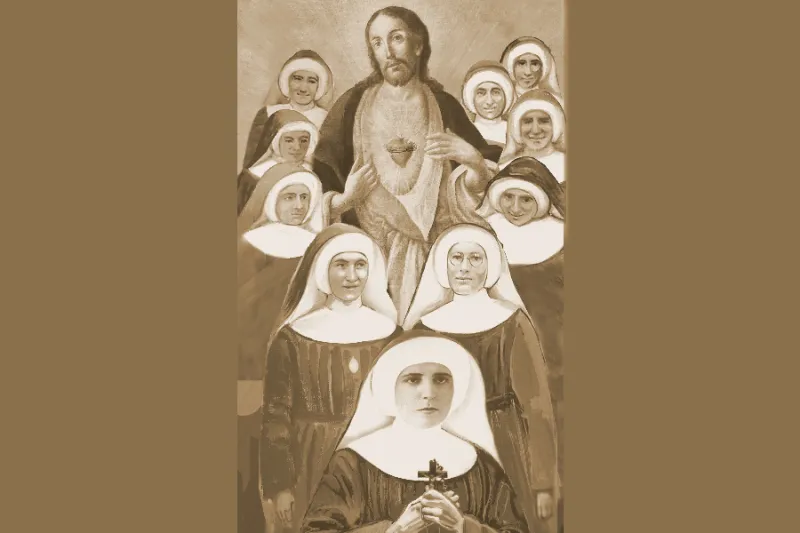
Wrocław, Poland, Jun 18, 2022 / 08:00 am (CNA).
The Catholic Church’s 10 newest blesseds were beatified last weekend in Poland.
The 10 members of the Congregation of the Sisters of St. Elizabeth were murdered by soldiers of the Red Army in 1945.
They were beatified at a Mass celebrated by the Vatican Cardinal Marcello Semeraro on June 11 at the Cathedral of St. John the Baptist in Wrocław.
Pope Francis praised their “example of faith” at his Sunday Angelus on June 12.
“May their example of faith to Christ help us all, especially Christians who are persecuted in various parts of the world, to bear witness to the Gospel courageously,” he said.
Here are their stories:
(Note: The following biographies describe disturbing incidents.)
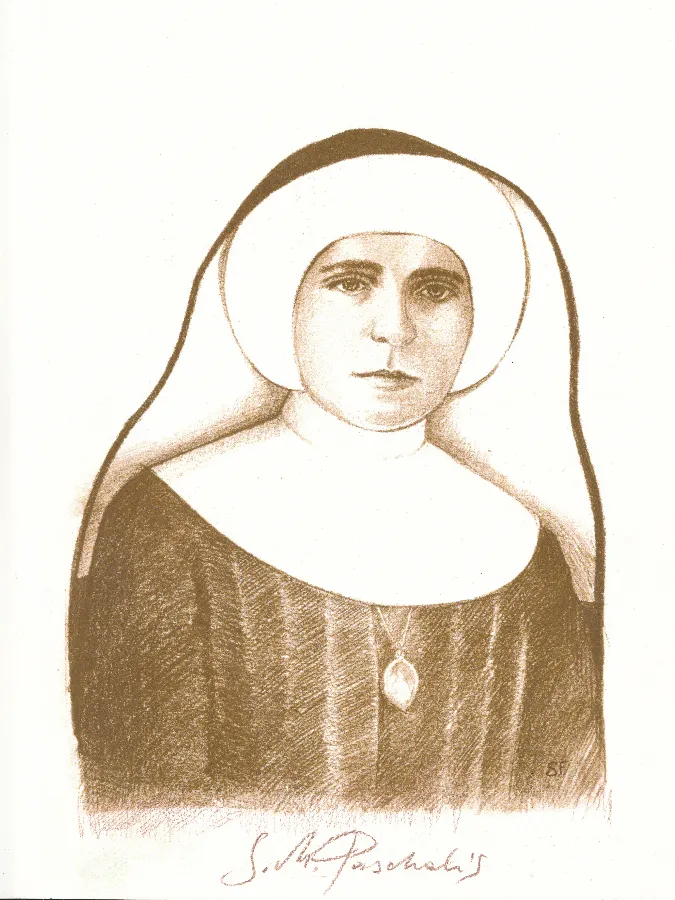
The group of Elizabethan martyr-sisters is headed by the youngest of them, Blessed Sister Maria Paschalis (Maria Magdalena) Jahn. She was born on April 7, 1916, the eldest of four children. Three days after her birth, she was baptized in her parish church of St. John the Baptist in Nysa, Silesia.
On March 30, 1938, she entered the Congregation of the Sisters of St. Elizabeth. After her first religious profession in 1939, she was sent to the Congregations’ house in Kluczbork and two years later to Głubczyce. From April 1942, she stayed in St. Elizabeth’s House in Nysa, where she worked as a cook and ministered to elderly and sick sisters.
With the advance of the Red Army in March 1945, she left the city with another nun at the request of her superior. They reached Velké Losiny and then Sobotina (in the present-day Czech Republic), where they found shelter in a school. They served in a local church and rectory, and helped to nurse the sick and elderly.
On May 11, 1945, Sister Maria Paschalis was confronted by a Soviet soldier who threatened to kill her if she did not submit to him. She resisted bravely, but seeing that she could not defend herself, she knelt, held the cross from her rosary in her hand, and said firmly: “I wear a sacred dress [habit] and I will never go with you.”
On hearing these words, her assailant threatened her again. She responded: “I belong to Christ, He is my Bridegroom, I don’t care if you shoot me.”
Then she knelt and prayed “My Jesus, give me strength,” and asked those around her for forgiveness. After a moment’s silence, a gunshot put an end to her earthly life.
She was buried in the local cemetery in Sobotina in the presence of the clergy, sisters of St. Elizabeth, and numerous faithful. Since the moment of her death, she has been held up as a model of chastity for young people.

Blessed Sister Maria Edelburgis (Juliana) Kubitzki was born on Feb. 9, 1905, in Dąbrówka Dolna near the southern Polish town of Namysłow. In July 1929, she joined the Congregation of the Sisters of St. Elizabeth, making her perpetual vows on June 29, 1936. She worked as an outpatient nurse in Wrocław-Nadodrze and Żary.
After the Red Army entered Żary, the sisters were forced out of their house and found shelter in the rectory, where they arranged a chapel in one room. On the night of Feb. 17-18, 1945, the Red Army soldiers seized the sisters and some girls, brutally abusing them. Sister Maria Edelburgis said: “Under no circumstances can I bear it, although it may also cost my life.”
On Feb. 20, the soldiers broke into the room where the sisters were hiding and demanded that the sister go with them. One soldier fired several times in the direction of Sister Maria Edelburgis, who died soon after. Her body remained in the same room for three days to prevent further violence.
She was buried opposite the main portal of the parish church of the Assumption of the Blessed Virgin Mary in Żary.
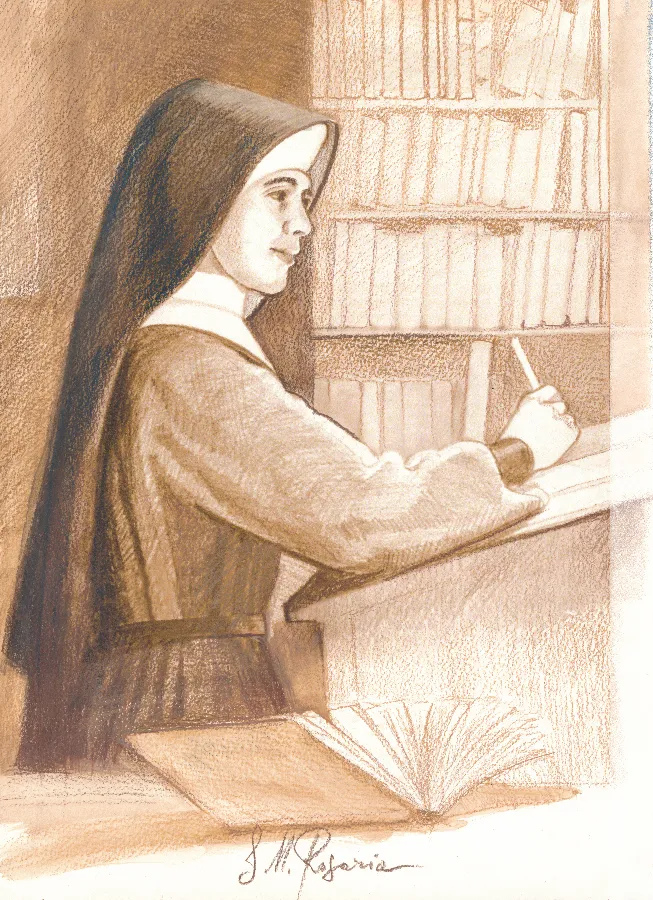
Blessed Sister Maria Rosaria (Elfrieda) Schilling was born into a Protestant family in Wrocław on May 5, 1908. She attended a housekeeping school run by sisters of St. Elizabeth in Nysa.
After converting to Catholicism at the age of 20, she joined the Congregation of the Sisters of St. Elizabeth. She made her perpetual profession on July 29, 1935, serving in the pastoral and administrative offices in Hamburg, Głogów, Nysa, Katowice, Legnica, Chojnów, and Nowogrodziec on the Kwisa, a river in southwestern Poland.
When Soviet troops captured Nowogrodziec on Feb. 18, 1945, she was staying at the Congregation’s local house. Together with other sisters, she hid in an air raid shelter for safety. Late in the evening on Feb. 22, three soldiers broke into the shelter and took Sister Maria Rosaria by force to the commandant’s office. She was raped and returned to the shelter exhausted and bleeding, in a ragged habit. She was on the verge of death, but her health improved enough for her to tell the sisters everything that had happened.
The next day, the military commissar ordered the nuns, except for Sister Maria Rosaria, to go to the commanding officer. Despite her weakness and to avoid further violence, she left with the others. A bullet fired by the enraged commissioner struck her on the road. She whispered “Jesus, Mary!” A second shot was fatal.
Her body was not found until six months later. She is buried in the parish cemetery in Nowogrodziec.
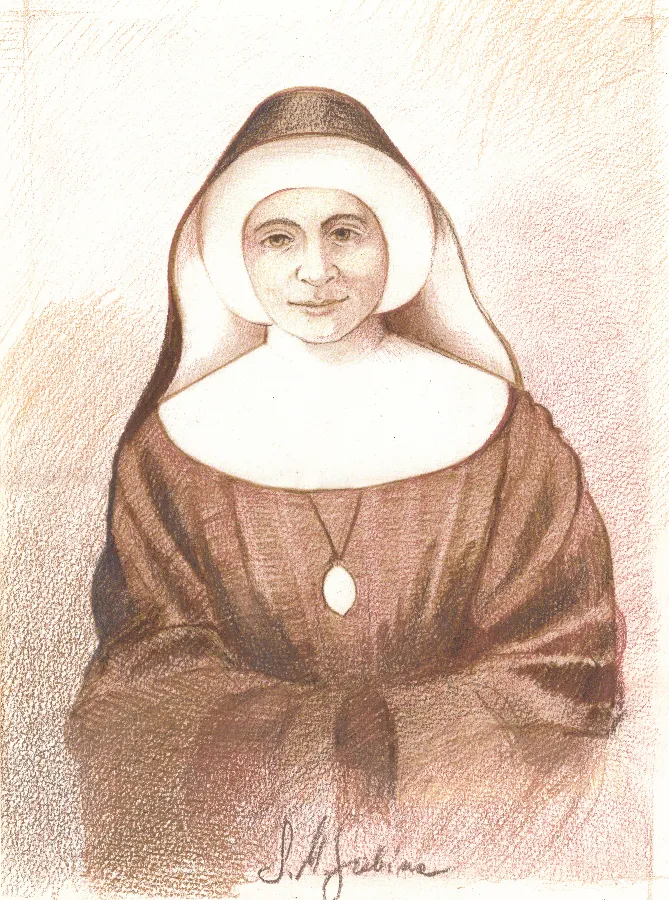
Blessed Sister Maria Sabina (Anna Jadwiga) Thienel was born on Sept. 24, 1909, in Rudziczka, near Prudnik in southern Poland. In 1933, she entered the Congregation of the Sisters of St. Elizabeth, and on July 31, 1940, she made her perpetual vows.
As a nurse, she served elderly and sick people in St. Nicholas’ House in Wrocław. In 1944, for safety reasons, Sister Maria Sabina and her charges were evacuated to Lubań, where the sisters conducted outpatient and caring activities.
On Feb. 28, 1945, the Red Army captured the city, and the soldiers took over the sisters’ house. The sisters and residents were not allowed to leave the building and were harassed, humiliated, and raped.
When one of the soldiers tried to drive the sister out of the room by force, she successfully resisted, clinging to the cross and calling on Mary for help: “Holy Mother of God, allow me to die a virgin, protect my purity!”
On March 1, 1945, when the sisters were praying and Sister Maria Sabina was repeating her request to Mary, a bullet pierced the door and struck her in the chest, killing her. She was buried in the Catholic cemetery in Lubań.
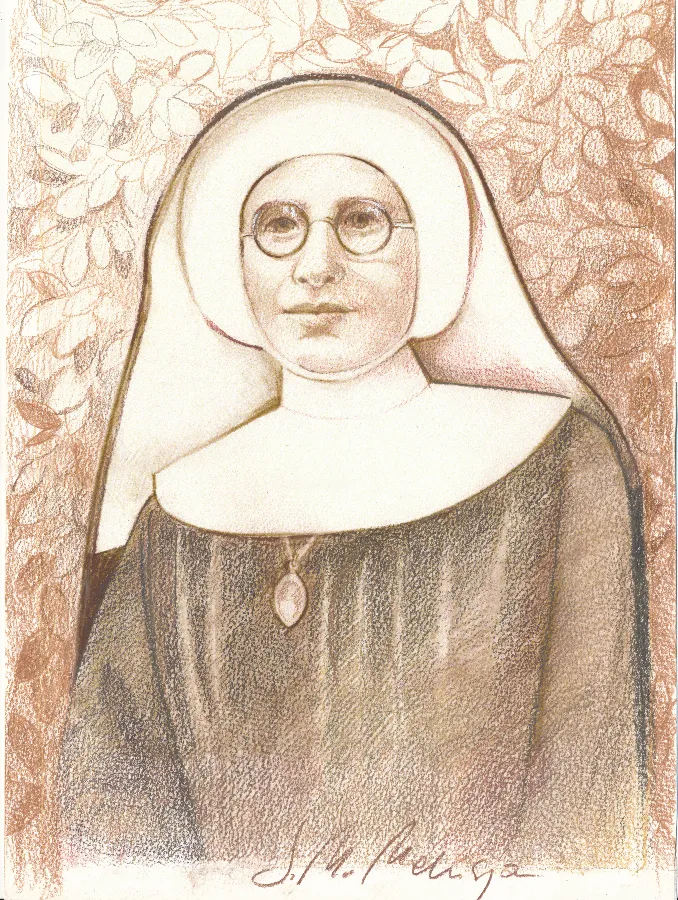
Blessed Sister Maria Melusja (Marta) Rybka was born on July 11, 1905, in Pawłow, near Racibórz. She entered the Congregation of the Sisters of St. Elizabeth in 1927 and made her perpetual vows on July 31, 1934. She spent her life as a nun at St. George’s House in Nysa, working in the garden and bakery, and doing household jobs. During the Second World War, she nursed the elderly and sick and looked after the girls from the housekeeping school.
On March 24, 1945, Sister Maria Melusja was attacked and shot by a Red Army soldier while defending a girl who was being assaulted. According to witnesses, the sister saved the house from being burnt down, as the fire set by the soldiers stopped in the front of the room where the sister’s body lay in a pool of blood.
The sister’s body is buried in a mass grave in the sisters’ garden at 16 Słowiańska Street in Nysa.

Blessed Sister Maria Sapientia (Łucja) Heymann was born on April 19, 1875, in Lubiesz, near Wałcz in northwestern Poland. She entered the Congregation of the Sisters of St. Elizabeth in 1894 and made her perpetual profession on July 2, 1906. She worked as a nurse in Hamburg and then in Nysa.
When the Red Army entered Nysa, the atmosphere of fear and uncertainty increased. On March 24, 1945, soldiers ordered the sisters from St. Elizabeth’s House to gather in the refectory. One of the soldiers went up to a young sister and wanted to take her away. Blessed Maria Sapientia implored him to give up, saying: “No, I beg you, no.” The soldier put his weapon up to her temple and fired.
Her mortal remains were buried in a common grave in the monastery garden at the House of St. Elizabeth in Nysa.
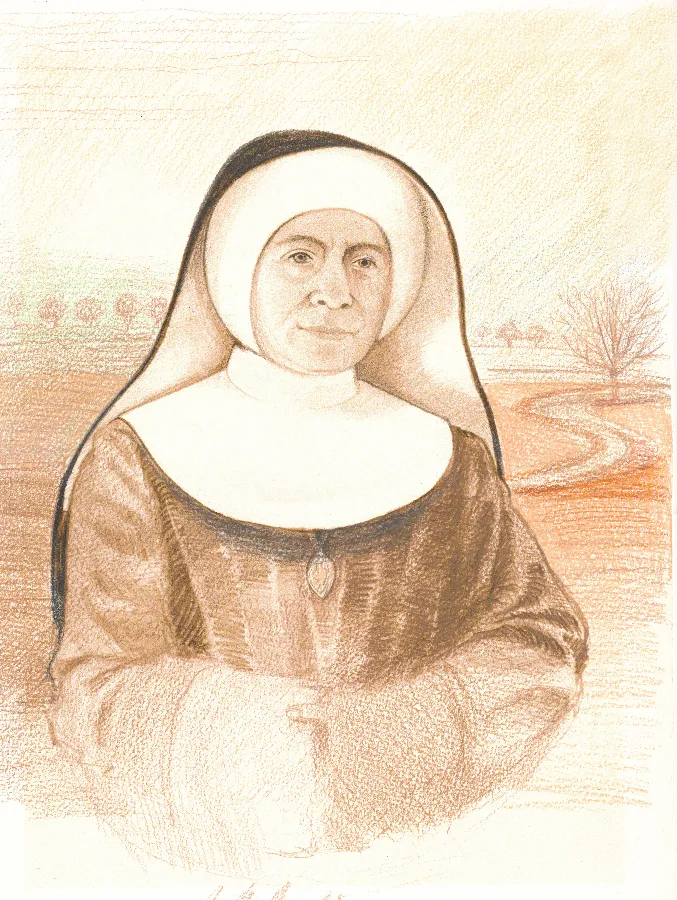
Blessed Sister Maria Acutina (Helena) Goldberg was born on July 6, 1882, in Dłużek, then in East Prussia. At the age of 23, she joined the Sisters of St. Elizabeth and made her perpetual vows on July 25, 1917.
For many years, she worked as a nurse at a hot springs sanatorium in Wleń and a house for retired priests in Nysa. From 1941, she worked in an orphanage in Lubiąż as a guardian of war orphans.
Aware of the brutality of the Red Army soldiers who entered the city on Jan. 26, 1945, Sister Maria Acutina was continually on watch for the safety of the girls entrusted to her. On May 2, 1945, she was shot while defending them.
Sister Maria Acutina’s body was buried in the parish cemetery in Krzydlina Mała, southwestern Poland.

Blessed Sister Maria Adela (Klara) Schramm was born on June 3, 1885, in Łączna near Kłodzko, southwestern Poland.
In 1912, she joined the Sisters of St. Elizabeth and made her perpetual vows on June 29, 1924. She worked in Ramułtowice, Szklarska Poręba, Wałbrzych-Sobięcin, and Godzieszów, where she was the superior of local communities.
As the Red Army was approaching, Sister Maria Adela decided to remain and take care of the elderly women in her charge. After the Red Army soldiers took the village, she and her charges found a shelter at the farm of Maria and Paul Baum.
On Feb. 25, 1945, a soldier broke into the house. Blessed Maria Adela, defending her charges and her chastity vowed to God, was shot, together with her hosts and other people staying there. All of them were buried in Godzieszów, southwestern Poland, on the farmer’s property in a bomb crater, where later a plaque was erected to commemorate their death.
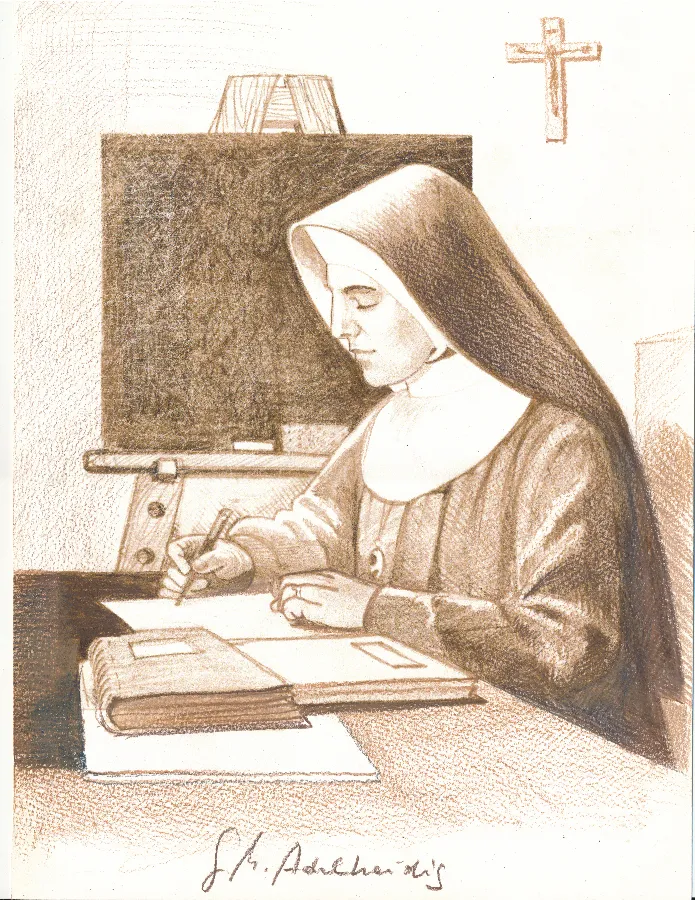
Another victim of the Soviet troops’ brutality was Blessed Sister Maria Adelheidis (Jadwiga) Töpfer, who was shot on March 24, 1945.
She was born in Nysa on Aug. 26, 1887. She entered the Congregation of the Sisters of St. Elizabeth in 1907 and made her perpetual profession on July 28, 1919.
She had great pedagogical skills, and for many years she was a teacher and headmistress of a housekeeping and handicraft school in Koźle, and from 1942 at St. George’s boarding school in Nysa.
In 1943, she was transferred to St. Notburga’s House in Nysa. During the Soviet occupation of the city, the sick and the elderly sought refuge with the sisters. Sister Maria Adelheidis remained with them. Despite extremely difficult living conditions, she always found a place for and offered help to those in need. She was the soul of the house.
As soldiers were roaming the building, a Red Army man entered the room where the sister and her charges were staying. Provocatively, he showed his bleeding hand and asked who had been shooting from the room. Although everyone truthfully denied it, he shot Sister Maria Adelheidis. Her body was laid to rest in the Jerusalem Cemetery in Nysa.
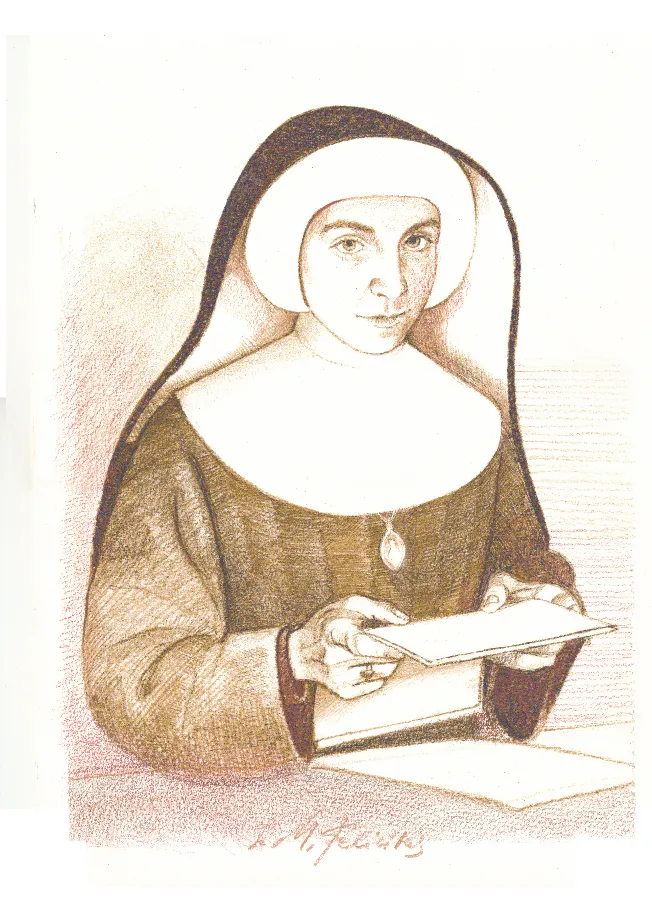
Blessed Sister Maria Felicitas (Anna Ellmerer) was shot in Nysa, on March 25, 1945.
She was born on May 12, 1888, in Grafing, near Munich. She entered the Congregation of the Sisters of St. Elizabeth, making her perpetual profession on July 5, 1923, working as a teacher and tutor in Dusseldorf, Kup, and Nysa.
The Soviet soldiers stationed in St. Elizabeth’s House constantly bothered the sisters, who experienced days of fear and terror. The superior of the house pleaded with them to leave the sisters alone. In response, she was struck with the butt of a rifle and lost consciousness. Sister Maria Felicitas rushed to her aid. A soldier took advantage of this and tried to lead her outside. As the sister defended herself and resisted, he fired a warning shot.
In response, Sister Maria Felicitas stood against the wall, stretched out her hands in the shape of a cross, and cried out loudly: “Long live Christ the K…!” The last word was interrupted by a fatal bullet. The killer trampled on his victim’s head and chest with his heavy boots.
The sister’s mortal remains are buried in the monastery garden at 16 Słowiańska Street in Nysa.
A prayer for the necessary graces through the intercession of Blessed M. Paschalis and Nine Companions:
Lord Jesus Christ Crucified and Risen,
You strengthened Blessed Maria Paschalis and her Companions
to sacrifice their lives.
By defending the dignity and chastity of a woman
as well as performing acts of mercy,
they kept faithful to you
to the shedding of blood.
May the example of their lives encourage us
to a generous service to our brethren
and to zealous fulfillment of Your commandments.
Through their intercession, grant us the favors
which we ask of You with trust,
you who live and reign forever and ever.
Amen.
Our Father… Hail Mary… Glory be to the Father…
If you value the news and views Catholic World Report provides, please consider donating to support our efforts. Your contribution will help us continue to make CWR available to all readers worldwide for free, without a subscription. Thank you for your generosity!
Click here for more information on donating to CWR. Click here to sign up for our newsletter.





Inspiring lives. Blessed Maria Paschalis and her Nine Companions – Pray for us.
These are some of the most horrific stories I have ever read. It is bad enough when armies must do legitimate battle, men against men in a military situation. Gratuitous rape and murder of innocent civilians, especially women religious is unconscionable and unacceptable in any civilized society.Since Communists practice atheism across the board and thus have no sense of morality, their wholesale participation in such atrocities is perhaps not unexpected. But it is no less disgusting.